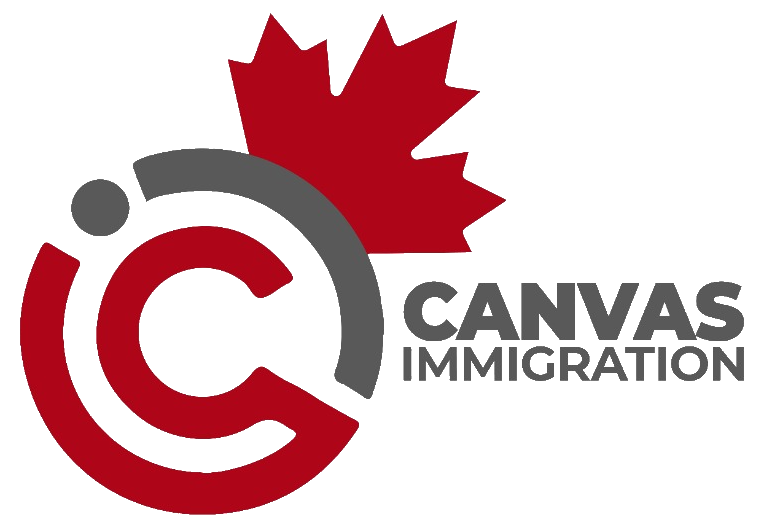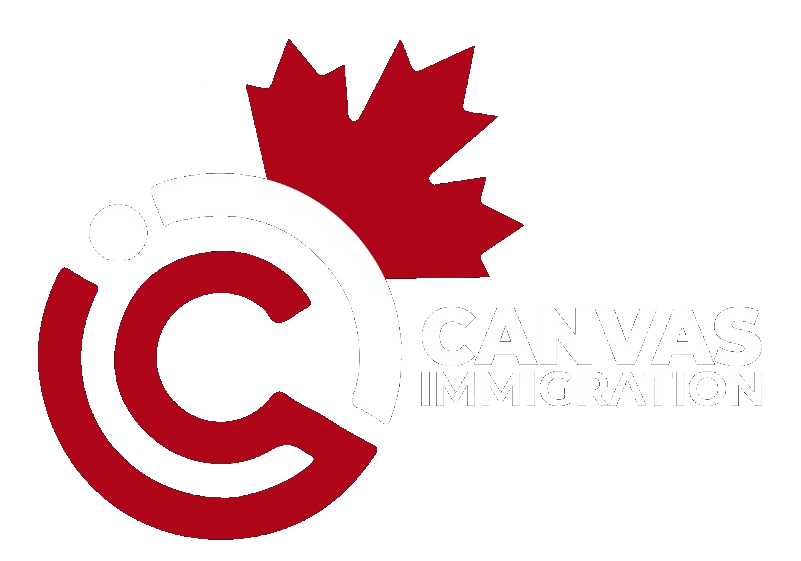Holders of H-1B visas pursuing U.S. green cards may find it quicker and easier to obtain Canadian permanent residency instead. Canada’s Express Entry system is pool-based, allowing the highest ranking candidates to move to the front of the line for permanent residency. Many H-1B workers can be competitive candidates in the Express Entry system, which […]
The post These are the options for US H-1B visa holders who want to move to Canada first appeared on CIC News.

